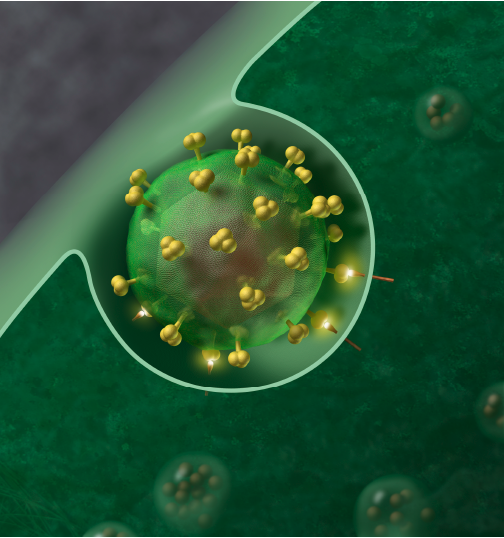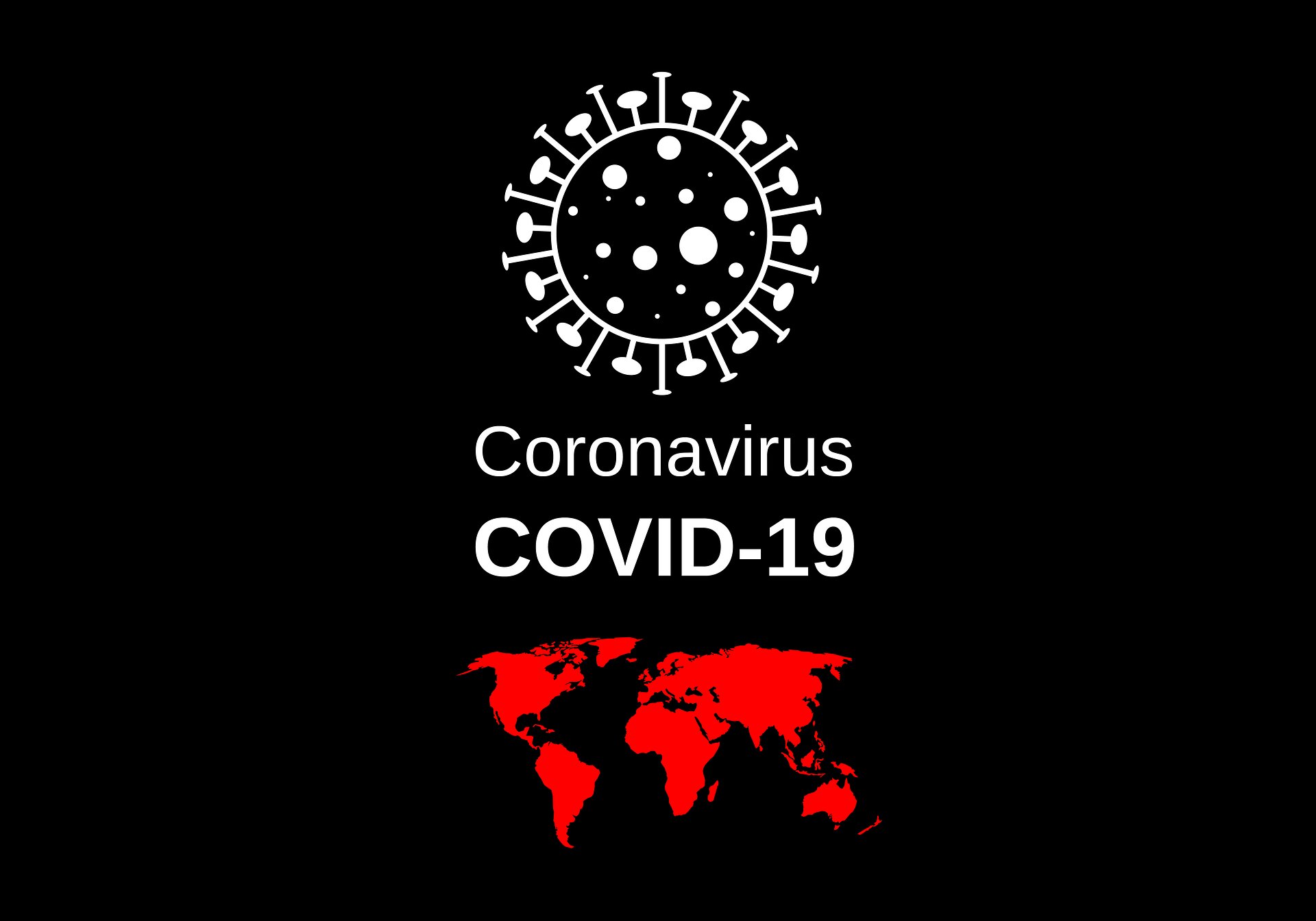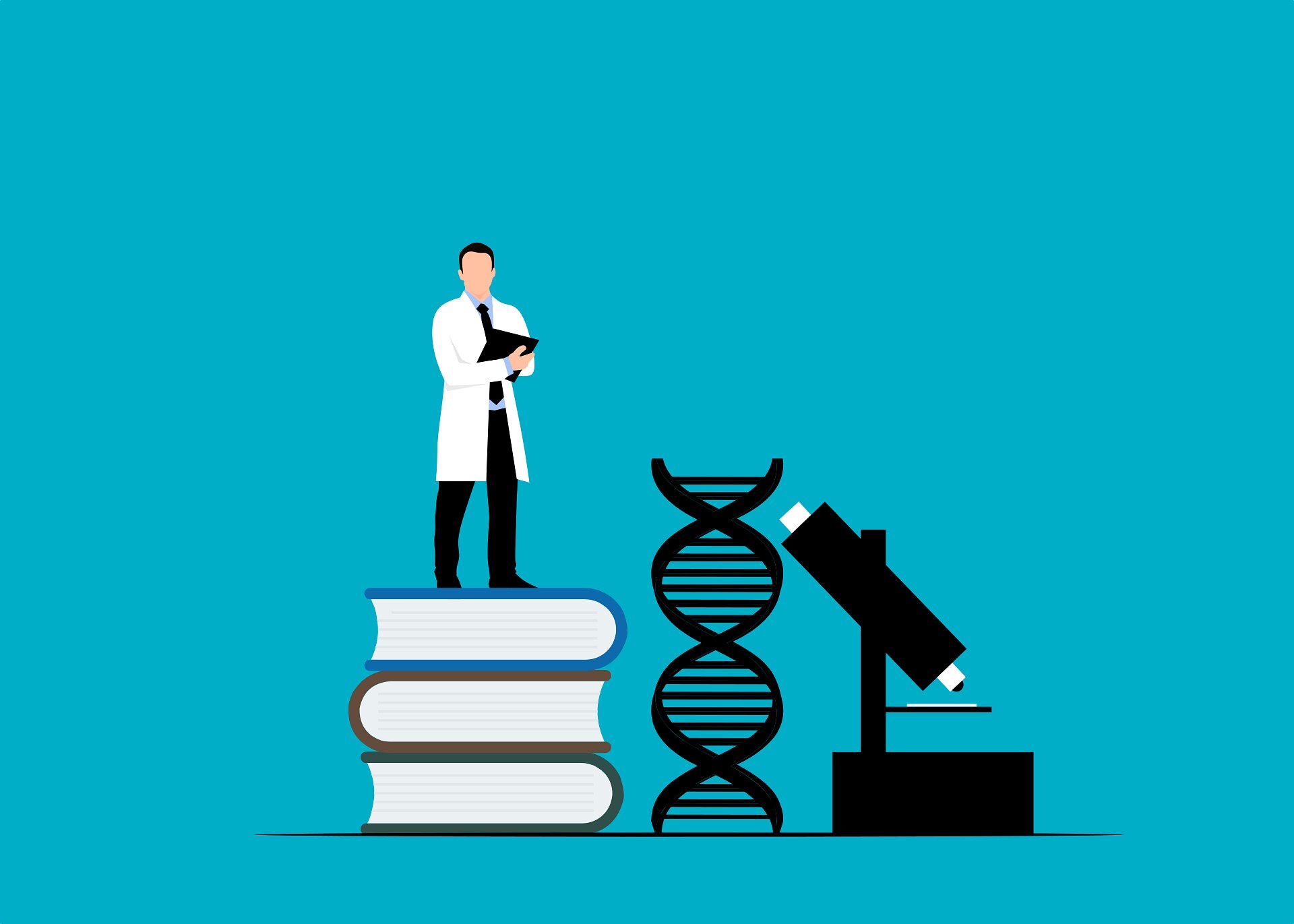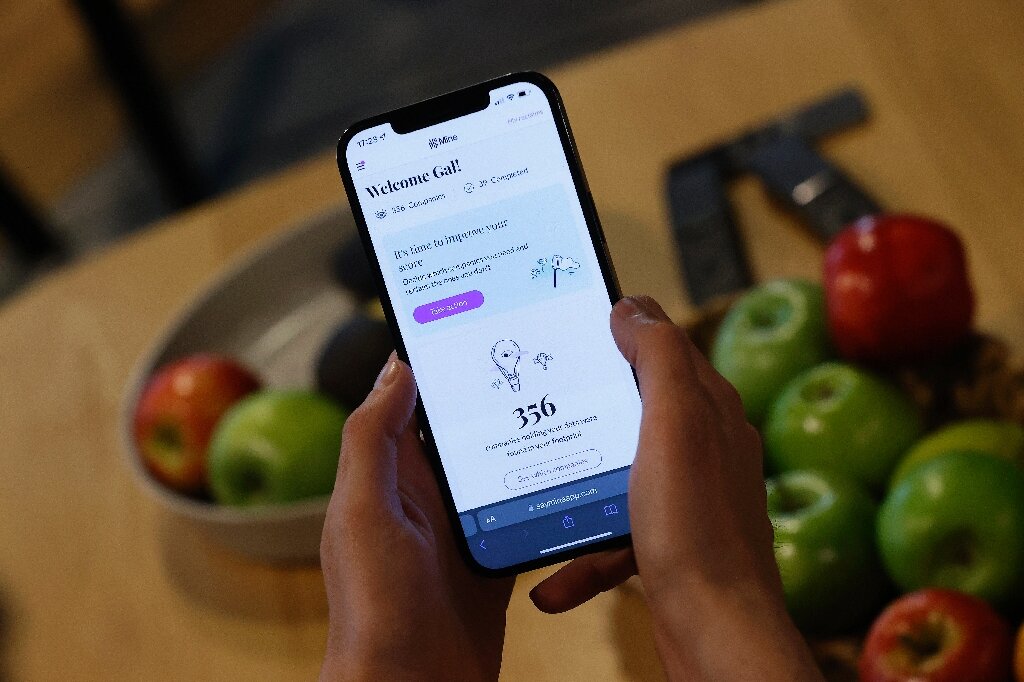#Diagnostic tool for coronavirus makes significant step forward
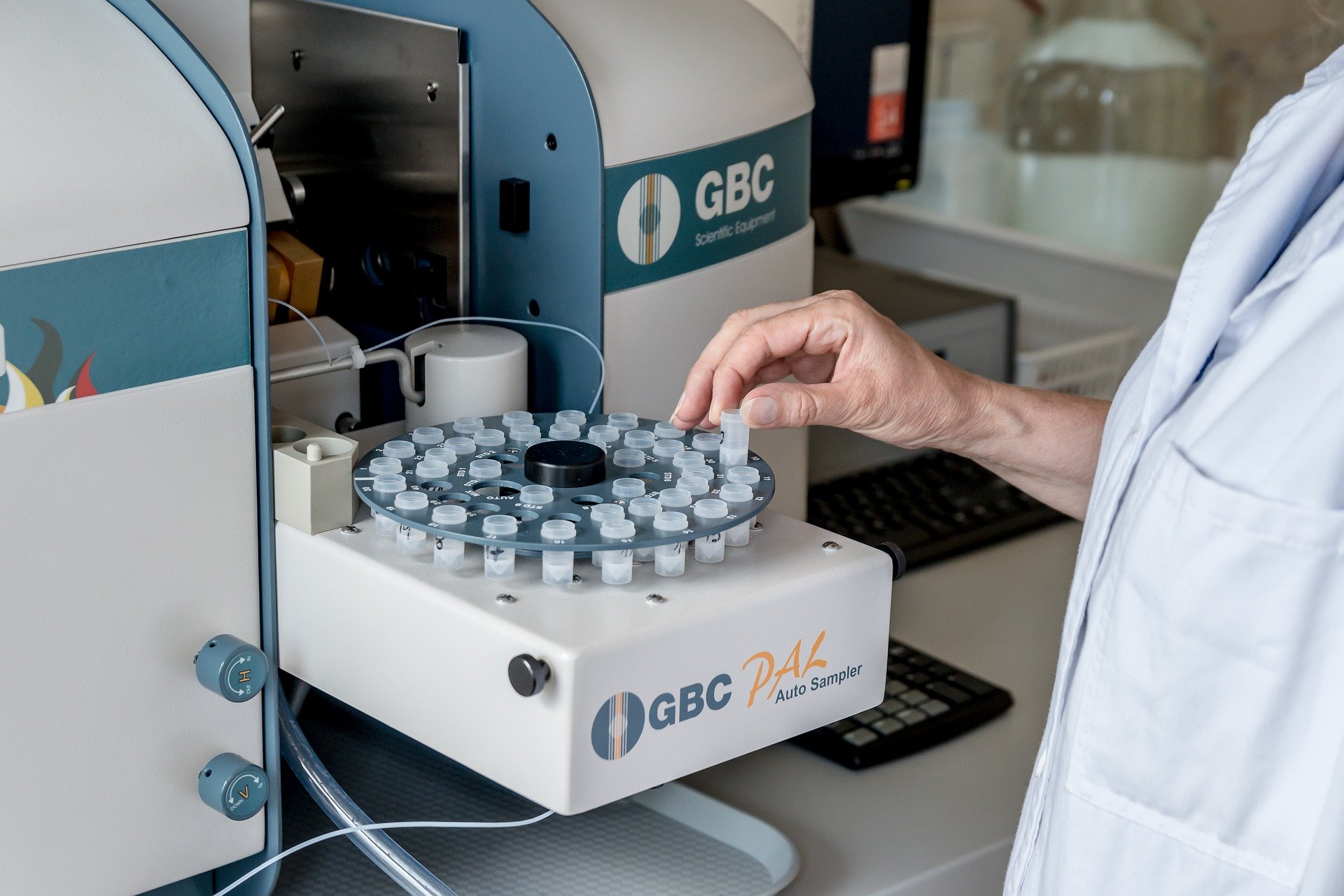
“#Diagnostic tool for coronavirus makes significant step forward”

Scientists at the University of Warwick have demonstrated that a potential diagnostic tool for detecting COVID-19 using sugars will work with a virus rather than just its proteins, a significant step in making it a viable test in future.
Coronavirus diagnostics currently require centralized facilities and collection/distribution of swabs and results are ‘next day’. A new diagnostic tool being developed by the University of Warwick and its partner Iceni Diagnostics may allow on-the-spot detection of Coronavirus infection, without facilities using a simple disposal device.
The researchers detailed their technique in a preprint paper announced earlier this year, but have now presented additional results in a paper for the journal ACS Central Science, published by researchers from the University of Warwick, University of Manchester and Iceni Diagnostics ltd based in Norwich. The new diagnostic tool uses glycans (sugars) to detect the virus, using a tool very similar to a home pregnancy test.
There is an urgent need for new diagnostics, especially those which give rapid results for screening of healthcare professions or for getting transportation, education and manufacturing hubs running again.
The diagnostic proof of principle has been demonstrated in initial studies, but the partnership is now searching for investment or philanthropic donors to take the concept forward.
Professor Matthew Gibson who holds a joint appointment between the Department of Chemistry and Warwick Medical School comments:
“Our team has now been able to show that this detection technique works with a ‘pseudotyped virus’; a safer to handle alternative which mimics SARS-COV-2. This further demonstrated that the diagnostic format can detect actual viruses not just the isolated proteins from its surface.
“The additional results have allowed us to fine-tune the system more, and learn more about how we can optimize the detection limits and exactly how a sample needs to be introduced to the device, which is crucial. Our next stage is patient samples and understanding how sensitive the device is and really thinking how it might be used alongside existing diagnostic tools.
“The rapid detection of the virus, for both healthcare and to enable society to return to normal is crucial. Our technology, developed through joint Ph.D. student work with our industry partners, makes use of glyco-nanomaterials to detect a specific portion of the coronavirus. The technology is straightforward, and extremely low-cost as the kit is paper-based. The University retained lab-capacity for essential COVID research such as this ensuring we could fulfill the University’s mission to create new knowledge and innovative solutions.”
Professor Robert Field, co-founder and CEO of Iceni diagnostics, says, “It is great working with the fabulous talent in the Gibson team at Warwick. Combining our expertise has enabled us to move this project along rapidly—including initial clinical evaluation. We look forward to extending our working relationship with Warwick to explore diagnostics for other infectious diseases based on carbohydrates and glycopolymers.”
Dr. James Lapworth, Warwick Innovations, who is working with Professor Gibson to commercialize the technology, says, “There is an urgent, global need to increase diagnostic testing capacity for COVID-19 infections. This new approach potentially offers significant benefits because it delivers a very rapid result and requires no specialist lab equipment or training to complete. The result is that people could determine very quickly whether they have a current infection and take appropriate action, for example to self-isolate.”
Researchers working on simple, low-cost CRISPR-based diagnostic test for infectious diseases
Alexander N. Baker et al. The SARS-COV-2 Spike Protein Binds Sialic Acids and Enables Rapid Detection in a Lateral Flow Point of Care Diagnostic Device, ACS Central Science (2020). DOI: 10.1021/acscentsci.0c00855
Citation:
Diagnostic tool for coronavirus makes significant step forward (2020, September 25)
retrieved 25 September 2020
from https://phys.org/news/2020-09-diagnostic-tool-coronavirus-significant.html
This document is subject to copyright. Apart from any fair dealing for the purpose of private study or research, no
part may be reproduced without the written permission. The content is provided for information purposes only.
For forums sites go to Forum.BuradaBiliyorum.Com
If you want to read more Like this articles, you can visit our Science category.
